

Speech Recognition: Techniques and Advancements
Speech recognition technology has undergone revolutionary advancements over past decades. What were once near-unusable systems now provide the backbone for robust voice assistants, automated transcription platforms and real-time translation tools utilized by billions worldwide.
Below we explore fundamental techniques, modern innovations and key metrics guiding speech recognition systems from initial research to end-user products.
A Brief History of Speech Recognition
The foundations for speech recognition emerged in the 1950s from Bell Laboratories focused primarily on isolated digits. But early systems imposed such constraints around vocabulary size, speaking styles and ambient noise that usability suffered greatly.
Progress accelerated in the 1990s with statistical modeling through hidden Markov models. Yet extensive training and fragile real-world performance continued hindering reliability outside tightly controlled environments.
The late 2000s brought major inflection points through machine learning and big datasets that enhanced noise filtering and greater linguistic understanding – directly enabling viable real-world products. From Siri to Alexa, speech recognition now sits upon multiple device ecosystems.
And new neural network architectures continue advancing robustness, personalization and speed vital for next-generation applications.
Core Approaches to Speech Recognition
Before examining modern techniques, let’s review foundational recognition approaches:
Acoustic Modeling
Translating spoken audio waveform inputs into written words requires acoustic modeling to systematically analyze vocal tract shapes comprising phonemes (fundamental sound units) that distinguish meaning for lexical models downstream.
Isolating identifiable acoustic patterns within complex voice data makes speech tangible for algorithms.
Language Modeling
Complementing acoustic analysis, language models provide statistical representations for probable word and phrase sequences within target languages. They decode audio signals into meaningful expressions by weighing likelihood of certain terms appearing together based on training corpus analysis.
Balancing both acoustic and language models allows handling intricacies from unique accents to informal contextual vocabulary.
Decoding
The decoding process integrates acoustic classifiers with language models to determine optimal word sequences matching inputs by calculating paths with the highest statistical probability from trained data parameters.
Sophisticated decoders minimize errors through techniques like beam search to enhance recognition outcomes beyond simplistic choices.
Now with core foundations established, modern methods leverage deeper neural networks upon these techniques to boost versatility.
Deep Learning Advancements
Recent breakthroughs in speech recognition come courtesy of deep learning models which transform audio inputs through neural architectures comprising multiple layered nodes.
Top innovations include:
Recurrent Neural Networks (RNNs)
RNN models better correlate audio frames across time by maintaining context-informed cell states. Unlike standard feedforward networks isolating inputs, RNNs sequence data for stronger connections to language model vocabularies during decoding.
Long Short-Term Memory (LSTM) RNNs specifically counteract vanishing gradients that inhibit learning long-range patterns. Speech comprehension greatly benefits from remembering context.
Convolutional Neural Networks (CNNs)
CNNs apply multiple convolution filters across audio spectrograms to uncover localized audio patterns for improved feature extraction complementing RNN sequencing strengths.
Their translation invariance traits allow flexibility recognizing phoneme variants across diverse accents and vocal tract shapes.
Transformer Networks
Self-attention layers within transformers analyze words (or audio frames) in relation to broader context, calculating relevance weightings between current and surrounding components for more holistic meaning.
They capture long-range dependencies without RNN directionality constraints or CNN fixed filter sizing drawbacks. State-of-art speech transformers like Wav2Vec 2.0 and BERT fuel natural language tasks from Google Assistant to Alexa.
Speech Recognition Metrics
Key metrics guide component development and overall system enhancement:
Word Error Rate (WER)
WER determines accuracy by calculating edit distances between transcribed outputs and ground truth texts. It directly quantifies model improvements across training iterations.
Response Time
Latency from speech end to transcription completion flags responsiveness perceivable to users. Shorter times convey greater interactivity for real-world systems.
Model Size
Smaller model footprints ease productization through reduced compute overhead and lower costs when cloud-deployed. They allow embedding within low-powered devices at the periphery.
Personalization Rate
Speed of adapting to unique user speech patterns signals adaptation capabilities that foster personalized experiences. Rapid tuning to dialects and accents will grow increasingly vital.
Continuous metric testing spotlights areas needing refinement for better real-world reliability.
Speech Recognition Techniques
Beyond fundamental models, speech pipelines integrate specialized techniques:
Voice Activity Detection
Distinguishing spoken words from ambient noises avoids wasted processing on irrelevant inputs. Frequency signal filtering provides efficient pre-processing.
Audio Data Augmentation
Training data diversity combats overfitting, as seen in image recognition. Common augmentations like adding background noises, speed/pitch changes, and synthesized samples boosts model robustness.
Language Model Finetuning
Successive pretraining on large general corpora followed by domain-specific vocabulary tuning combines broad linguistic knowledge with niche precision for specialized verticals.
Speaker Adaptation
Further tuning on per-user data improves individual accuracy through dialect/accent exposure, capturing idiosyncrasies. On-device model personalization shows particular promise.
As models grow more sophisticated, tailored optimization will fuel qualitative leaps in naturalistic speech processing.
Speech Recognition Applications
Mature speech recognition engines already enable diverse voice-powered interfaces but a vast landscape of potential still remains:
Interactive Voice Assistants
Smart assistants like Amazon Alexa, Google Assistant and Apple Siri streamline accessing information and controlling hardware through conversational directives. They form the seminal consumer use case.
Real-Time Translation
Removing language barriers in global business and travel settings, tools like Google Translate apply speech-to-text before translating texts across dozens of languages – speaking our words internationally.
Dictation Software
Voice typing in Microsoft Word and Google Docs boosts productivity for long-form writing. Advanced grammars even handle punctuation commands and editing.
Voice-Enabled IoT
Internet of Things ecosystems from smart watches to cars to robotic manufacturing machinery increasingly incorporate speech interfaces for intuitive human control.
Automated Call Transcription
Speech analytics platforms like Verint translate calls into text logs to analyze customer sentiment across large contact center datasets for informed service improvements.
And looking forward, expect automated meeting transcription services, vocal biometric security, augmented reality assistants and emotion-aware conversational agents to expand capabilities further.
Challenges Hindering Accuracy
Despite impressive gains, speech recognition still falters across edge cases preventing seamless human parity. Common pitfalls include:
Domain Mismatch
Models trained solely on formal text corpora struggle with informal dialects. Adaptation to niche vocabularies also lags like discussing medical treatments or niche hobbies.
Speaker Variability
Distinct voices, regional accents, speech impediments, age-induced pitch changes, and noisy environments trick acoustic models optimized for internal data biases.
Intent-Semantic Ambiguity
Words holding multiple meanings or intents confuse models. The utterance “this is too light” conveys deeply different messages whether referring to lighting or weight levels.
Sarcasm and Syntactic Complexity
Ironic expressions, double negatives, unfinished sentences, or ambiguous pronouns remain enormously challenging for language models to parse logically.
Ongoing advances target these areas through techniques like semi-supervised learning which leverages vast unlabeled datasets.
Competing Speech Recognition Solutions
Academic insights translate into end-user products through tech giants competing within speech infrastructure space:
Amazon Transcribe
Tight AWS ecosystem integration plus robust custom vocabulary training bolsters Amazon’s automatic speech recognition prowess, especially its sound event detection capabilities that identify non-speech audio signals.
Google Cloud Speech-to-Text
Google speech models built using TensorFlow leverage powerful contextual word embeddings for cutting-edge capabilities like real-time streaming transcription. Tight Assistant integration allows leveraging in-house product optimizing.
Microsoft Speech Services
With exhaustive Office app integrations alongside tools to deploy custom wake words and commands, Microsoft caters well to enterprise use cases while meeting security and compliance demands.
IBM Watson Speech Services
IBM combines speech recognition with its leading text analytics, tone detection and machine translation tools for an end-to-end voice pipeline suited for customer experience analytics.
For most applications, leveraging cloud APIs saves considerable development and tuning effort compared to training fully custom models.
Future Outlook
Speech recognition rides an accelerating trajectory across three horizons:
Enhanced Edge Device Deployment
Hyper-efficient models will unlock local processing on phones and wearables without connectivity constraints while still handling noise via advances like adversarial training.
Multimodal Integration
Fusing speech, vision, even biosignals via sensor arrays improves contextual understanding and sheds light on emotional states to enhance meaning.
Generative Speech Modeling
Models that synthesize realistic audio open doors to highly-personalized voices for human-aligned assistants and avatars. They also boost testbed data.
As models continue transcending today’s isolated word recognition into holistic language understanding, previously out-of-reach applications drawing upon voice become tantalizingly realistic in the years ahead.
FAQs Around Speech Recognition:
How do modern speech recognition systems handle accents and dialects?
Robust systems tap specialized training techniques like multi-task learning to expose models to wide linguistic variability across English dialects spanning North American and UK accents alongside regional variations like Southern American English vocabulary. Identifying phonemes particular to certain dialects helps parse unique speakers.
Why is speech recognition often more challenging than text-based language tasks?
Speech conveys more subtle attributes around tone, emotional state and lacks explicit punctuation that pose barriers not present within orderly written passages. Identifying sarcasm or emphasis from audio alone stretches most algorithms today. But overcoming these hurdles will unlock more empathetic conversational systems.
How can enterprises maximize accuracy for industry-specific systems?
Highly precise vertical applications demand expanded domain-specific data encompassing technical product catalogs, relevant named entities and specialized terminology vocabulary lists to enhance precision. Fortunately continual unlabeled data gathering from customer calls or support transcripts leads to large reserves ideal for enhanced training.
What breakthroughs are coming in speech recognition?
Areas including end-to-end model architectures that directly translate speech to text without losing fidelity across modular pipelines show particular promise. Additionally semi-supervised methods hold immense potential for leveraging abundantly available unlabeled data at scale to noticeably boost accuracy beyond current supervised learning constraints.
How can speech recognition drive business value?
Quantifiable business value through speech recognition includes using voice analytics on customer calls to uncover dissatisfaction signals and address churn risks, increasing contact center agent productivity via automated documentation, optimizing IVR menus through aggregating unsuccessful user paths, even personalizing marketing messages based on real-time emotion detection from micro-expressions within a spoken phrase.
Popular articles
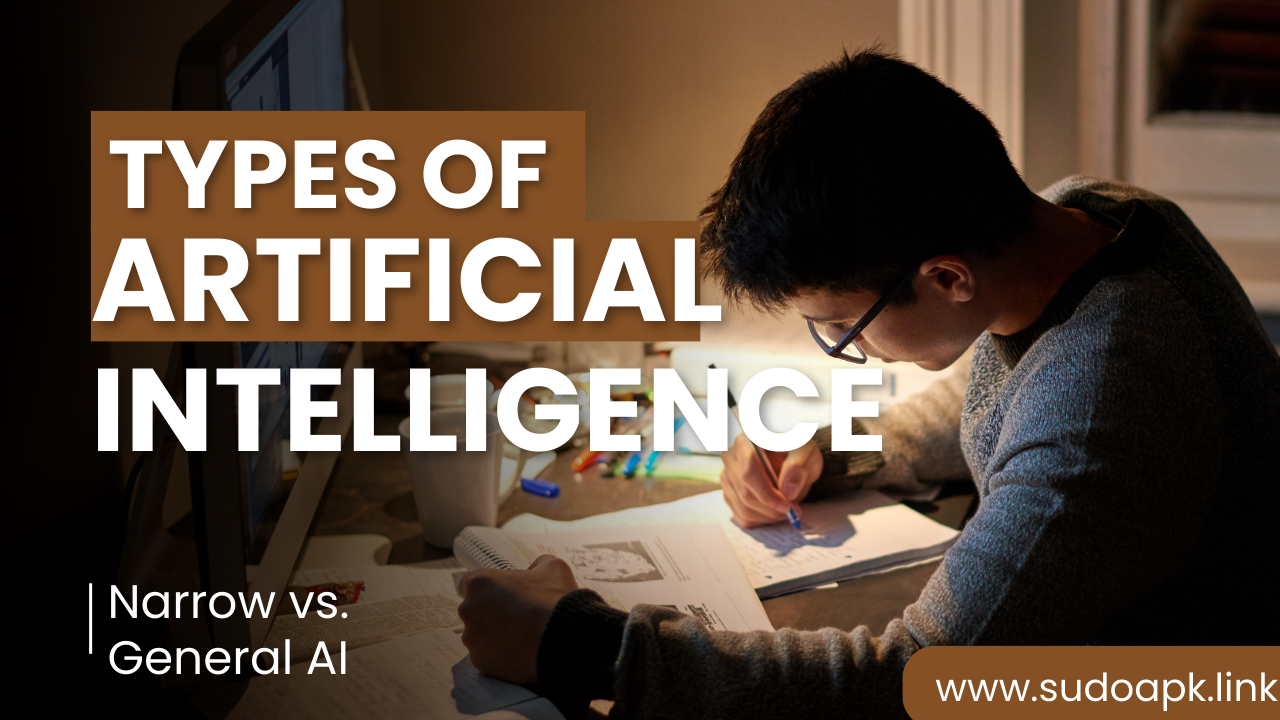
Dec 31, 2023 07:04 AM
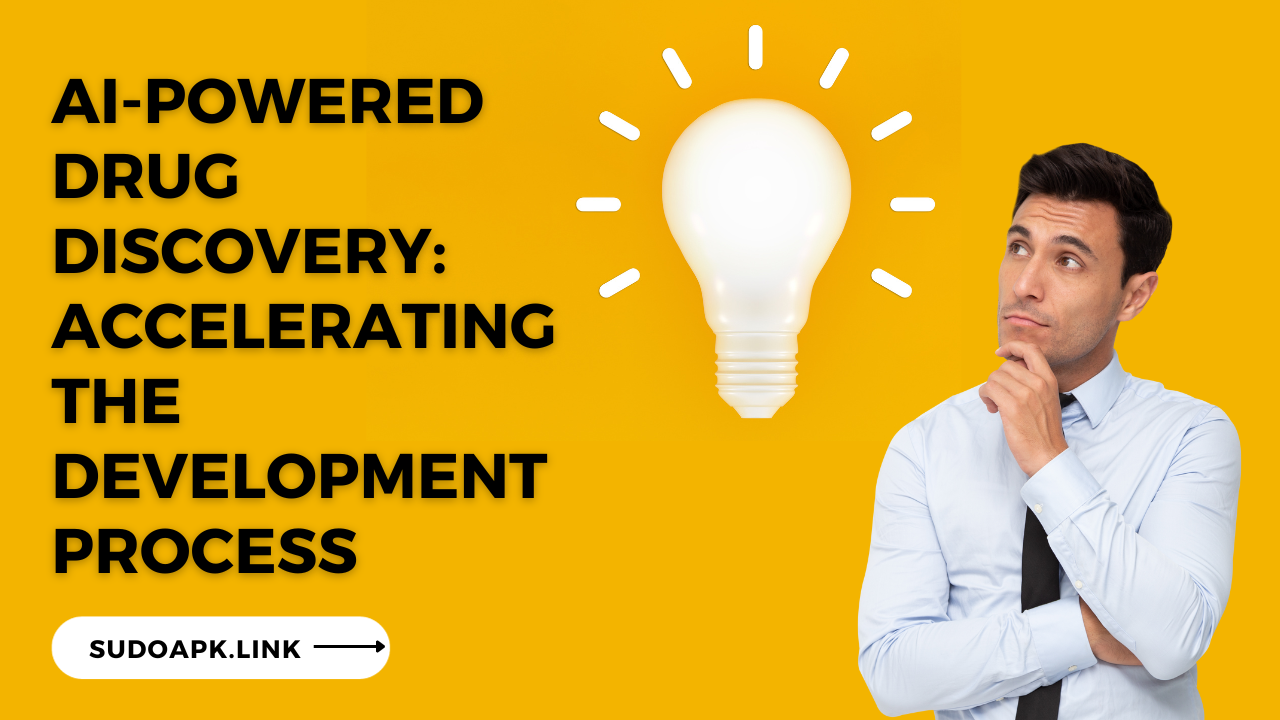
Jan 06, 2024 06:56 AM
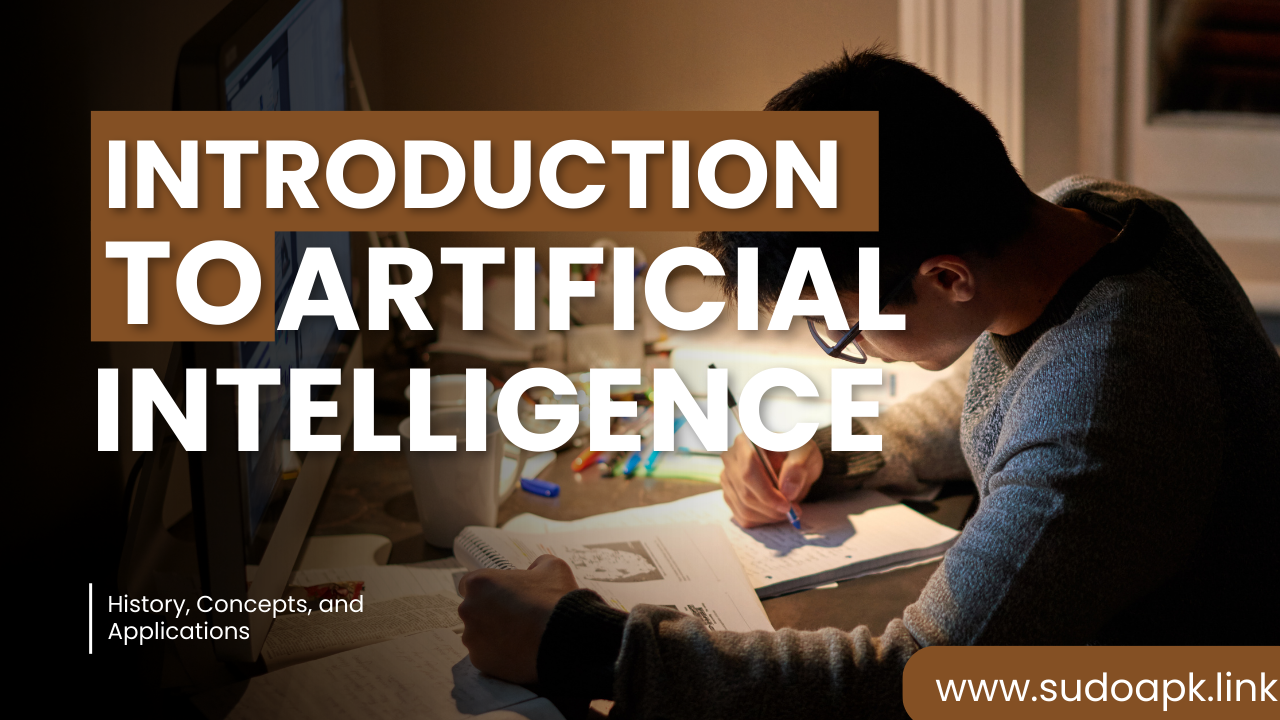
Dec 31, 2023 06:48 AM
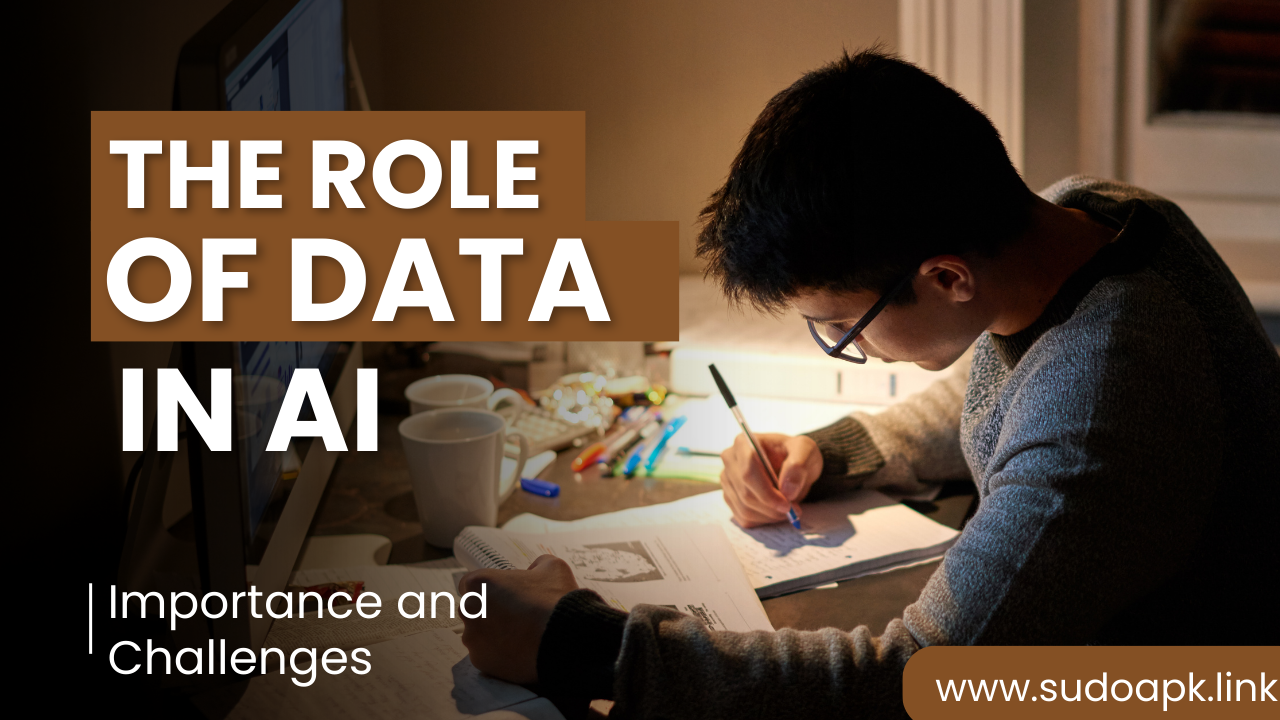
Dec 31, 2023 07:22 AM
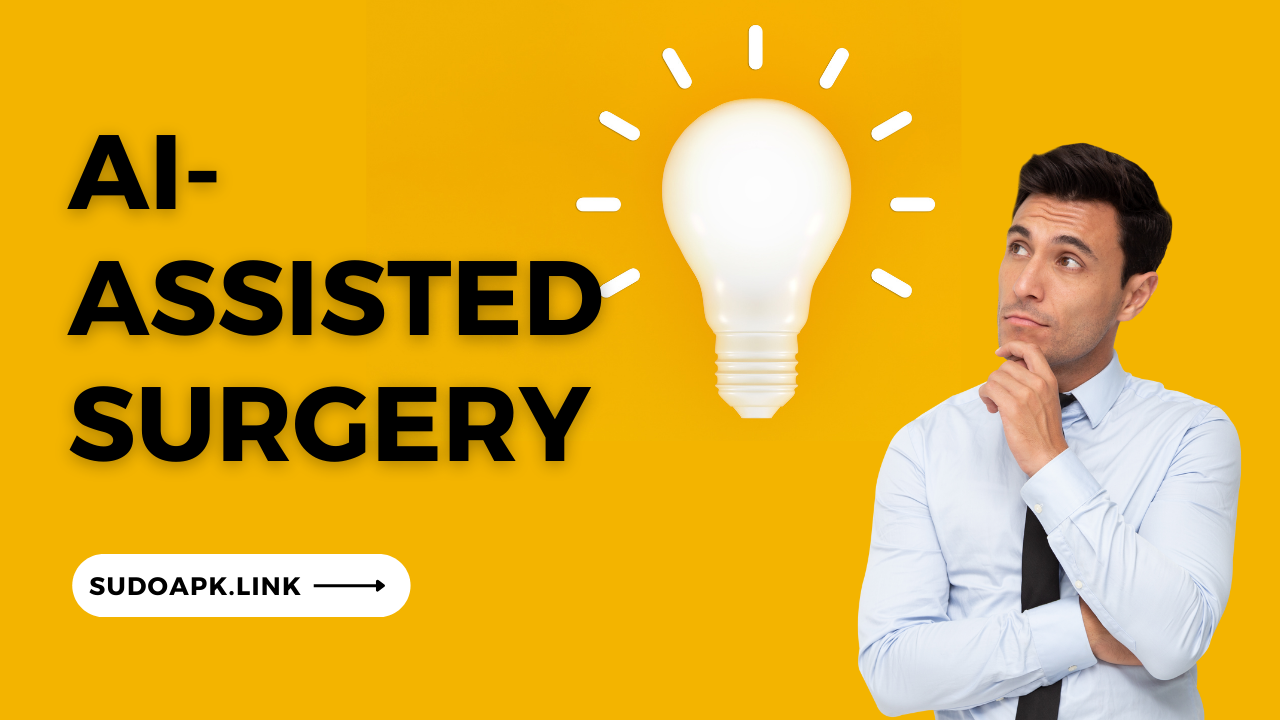
Jan 01, 2024 09:54 PM
Comments (0)